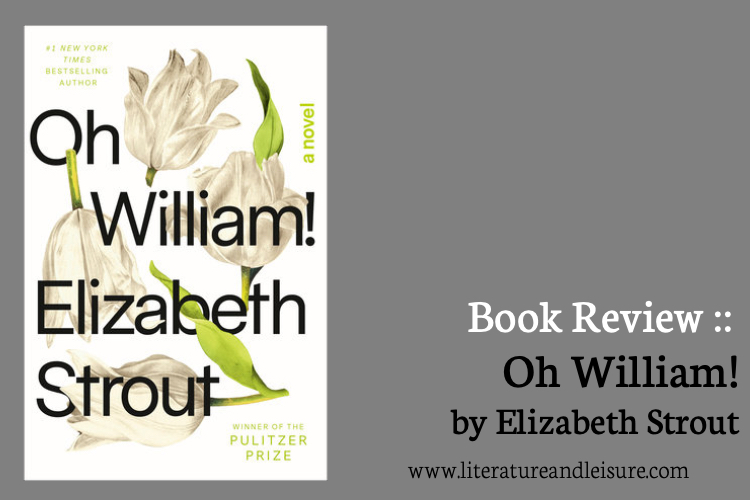I first learned of The Source from a list of suggested readings prior to my trip to Israel in 2019. At 900 pages, there wasn’t a chance I was tackling it. Fast forward a few years and a new friend whose mother is from Iraq mentions that The Source is his favorite book of all time. So this – along with the desire to read at least one Michener novel – provided the motivation I needed to pick it up. I am so glad I did.

Michener’s 1965 tome tells the story of the land known as Israel and the history of the Jewish people, beginning with the Stone Age Family of Ur. The book centers around a fictional archeological tell – a mound that contains stratified debris of consecutive settlements on the same site – and alternates between the current day (a 1960’s archeological dig of this tell) and the various historical periods of the layers of the tell and the artifacts that are discovered beginning in 9834 B.C.E.
The fictional tell in The Source is Makor, located directly east of Akko/Acre and slightly north and west of the Sea of Galilee. In some ways, the book reads like a series of short stories or novellas since each historical layer has its own story. Through the historical flashbacks, we see the making of the land of Israel and all the influences that have tried to subdue the Jewish nation.
While the story begins with a pagan family – The Bee Eater, Ur – it traces the development out of a pagan ritualistic worship (including child sacrifice) into the faith in Yahweh and the perseverance of the Jewish prayer, “Hear, O Israel, the Lord our God, the Lord is one.” The flashbacks end in 1948 with the Jewish fight for independence and where this final chapter’s characters merge with the 1964 (present-day) story of the dig.

When I went to Israel in 2019, I visited Tell Megiddo, which bears some similarities to the fictional Tell Makor, including a water system that includes a 115 feet shaft that leads down to a 330 feet horizontal tunnel bored through rock, ending in a pool of water. Having walked down the stairs of that shaft and through the tunnel to the pool gave me an incredible perspective of the chapter in The Source when Tel Makor’s water system is dug.
In fact, reading The Source made me nostalgic for much of that pilgrimage, and I understand why it would be on a pre-reading list. That said, because of its heft, I think I needed the context of having traveled to many of the locations mentioned in The Source to appreciate its thoroughness and to motivate my own perseverance in reading.
This is a book that calls for a re-reading, but one that is slower, maybe including journaling each historical narrative to see themes that tie them together. It is an incredible history lesson that anyone with an interest in the Holy Land* will enjoy.
*PS – If you are interested in visiting the Holy Land, I’m working to plan a trip! Let me know, and I send you more details.






Comments
Powered by Facebook Comments